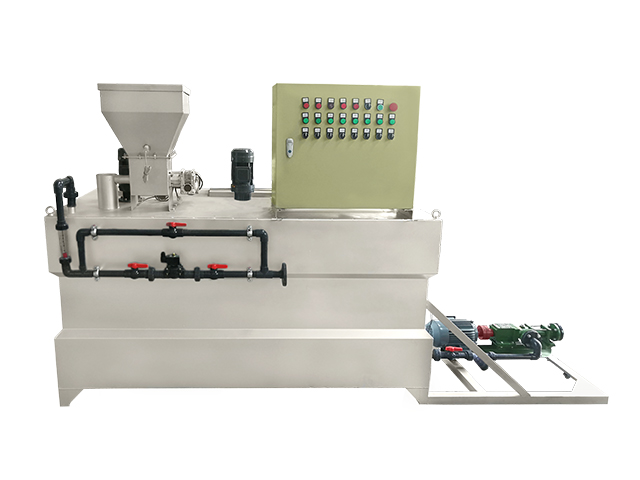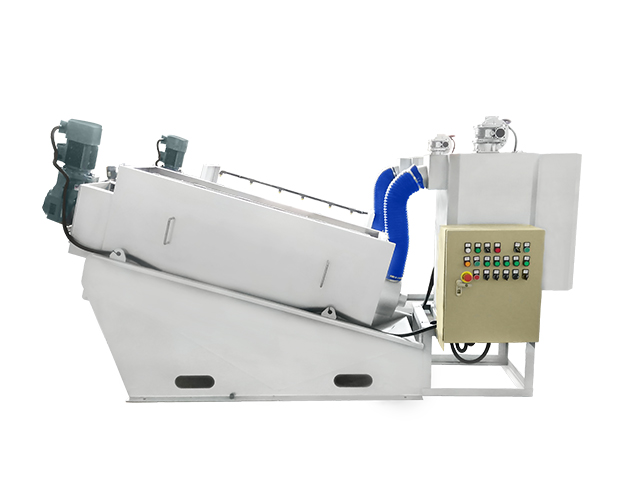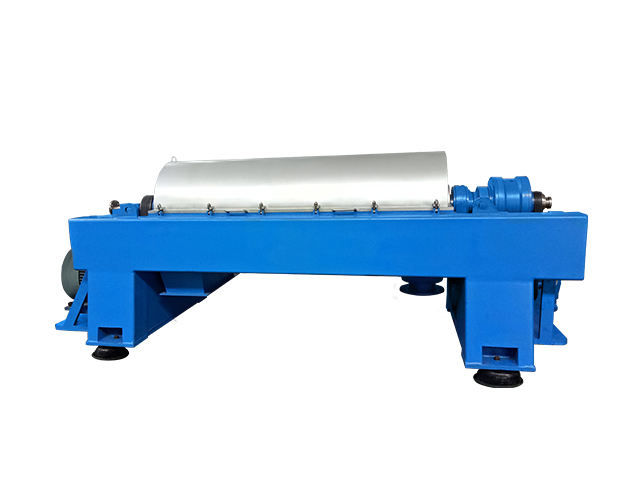
Application of flocculants in oilfield sewage treatment
Industry News
1. Flocculants commonly used in oilfield sewage treatment in China
1.1 Inorganic flocculants
In China, inorganic flocculants are commonly used in oilfield sewage treatment. Inorganic flocculants mainly include small molecule flocculanst and inorganic polymer flocculants. The common small molecule flocculants are alum aluminum sulfate, magnesium sulfate and other chemical substances. However, it can not realize a satisfying effect by using small molecule flocculants in the oilfield sewage treatment. At present, polymer flocculants are more used, which can realize a better effect.
1.2 Organic flocculants
Organic flocculants have the characteristics of low dosage and good flocculation effect in the process of oilfield sewage treatment. However, due to the difficulty of its operation, more research and promotion are needed for the organic flocculants.
1.3 Compound flocculants
Compound flocculants combine the characteristics of organic flocculants and inorganic flocculants, can further improve the treatment quality of oilfield sewage, and promote the development of oilfield exploitation.
2. Main influencing factors of flocculation effect
2.1 PH value
In the process of oilfield sewage treatment, pH value has a direct impact on the flocculation effect. When the pH value is appropriate, the overall flocculation effect is better, and the use of flocculants can be reduced, so the overall cost of sewage treatment can be reduced. However, if the pH value is not appropriate, it will seriously affect the flocculation effect. The suitable pH value range is 7-8.
2.2 Water temperature
In the process of oilfield sewage treatment, water temperature also has a direct impact on the flocculation effect. When the water temperature is appropriate, the flocculation effect is better. When the water temperature is too high, the overall speed of the chemical reaction will be faster, the flocs will be relatively small, the water content will be too high. When the water temperature is too low, the overall speed of the chemical reaction will be slower, the hydrolysis time will be longer, so the flocculation efficiency will be reduced. Therefore, the water temperature should be controlled during the treatment. The suitable water temperature range is 20-30℃.
2.3 Stirring speed and stirring time
In the process of oilfield sewage treatment, slow stirring speed or short stirring time will lead to uneven concentration distribution of the flocculants. At the same time, the stirring speed should not be too fast, the stirring time should not be too long, otherwise the flocs will be relatively small, which is not conducive to the later harmless treatment. The suitable stirring speed range is 40-80r/min, and the suitable stirring time range is 2-4min.


